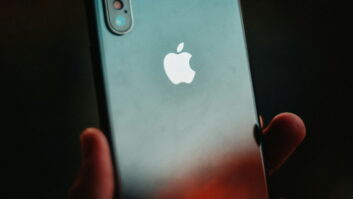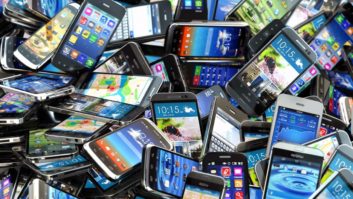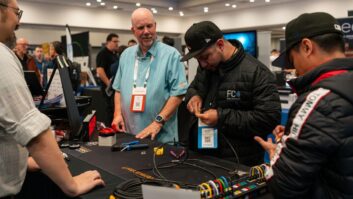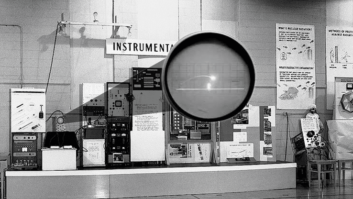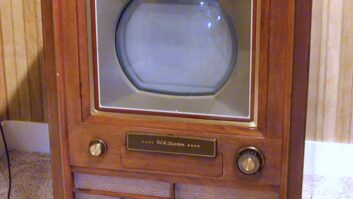NEW YORK — In a sentiment that
departs from recent trends, radar detector
manufacturers see little reason
to fear smartphone apps as a source of
competition.
While not completely dismissive of
them, most of the radar detector manufacturers
that TWICE spoke with
said that business is doing well and
that the consumers using free smartphones
apps are not really the same
type of consumers who purchase radar
detector and red-light camera detector
hardware.
The most popular “radar detector”
app on the market is Trapster, an app
that relies on a community of users
to report speed traps, red-light cameras
and other road hazards. The app,
which can be used with the iPhone,
Droid, BlackBerry, Palm WebOS,
Nokia and even with non-smartphones,
boasts more than 6.5 million
users. Pete Tenereillo, founder/CEO
of Trapster, said the company has a
12-person staff and 250 moderators
who, among other things, verify the
accuracy of the red-light camera detection
claims.
Despite these impressive numbers,
the Trapster user isn’t necessarily the
same type of radar detector user, the
manufacturers we spoke with believe.
“Trapster is basically community-
based data [where] someone uploads
a known speed trap location …
it does not track police radar guns,”
said Tony Kainuma, navigation and
radar detection products director for
Cobra. “You need to have an actual
radar/laser detector to detect those
signals. None of the smartphone
apps will replace the hardware. I believe
hardcore radar detector users —
especially people spending over $300
— know what the differences are.”
GPS Angel, maker of the GPS Angel
V4e red-light and speed-camera locator,
concurred with this sentiment,
saying that its customers hail from an
older, more professional demographic.
“I think [Trapster is] different,” said
Adam Fingerman, marketing director
for the company. “The GPS Angel is a
single-purpose product. You just plug
it in and it works. There’s nothing to
configure or install to make sure it’s
running when you’re driving.
“The smartphone devices are interesting
in that they’re free and people
like that, but it’s just another thing
you have to remember to run. You have
to be fiddling with your phone while
you’re driving, In some states that’s illegal,”
he added.
While this may be the case, Trapster’s
Tenereillo was quick to point out
that the company works officially with
several police departments.
The differences in user demographics
can be attributed to the different types
of databases kept by the companies. As
mentioned, Trapster relies on a usergenerated
database, whereas manufacturers
such as Cheetah maintain their own databases.
“The advantage of that is that you
[don’t have] the false alarms. The
downside is that you may have to wait
a week or so to get the update,” said Al
Smith, VP at Cheetah. “The people
who buy our products rely on the high
accuracy rate.”
There is also the physical aspect
of a radar detector to consider. Ron
Gividen, communications manager at
Escort and Beltronics, noted that certain
radar bands require a physical microwave
antenna horn.
“It’s a physical object you cannot get
around. It’s unlikely it will ever be attached
to a phone or as a stand-alone
accessory,” Gividen said. “In PNDs,
the PND manufacturers are going the
opposite direction — they’re all getting
thinner, smaller, less likely to incorporate
an antenna.”
In the end, two compelling arguments
can be made for each category.
As Tenereillo pointed out to
TWICE, millions of people already
have the hardware (i.e. a smartphone)
ready to go.
“There aren’t many people who
will spend $99 or $199 or $600 just
in case they might save money from
getting a ticket,” Tenereillo said. “To
spend money up to just save money,
very few people do that … We’re tapping
into a mass market here. Nokia
has 1.3 billion active smartphones.
The iPhone is growing like crazy. Android
is really taking off . There’s a giant
opportunity.”
However, as Fingerman noted when
asked about GPS Angel’s future plans,
“We like the idea of a dedicated device.
We think that works well for our targeted
customer. A dedicated single device
will always trump a multipurpose
device on ease of use.”





